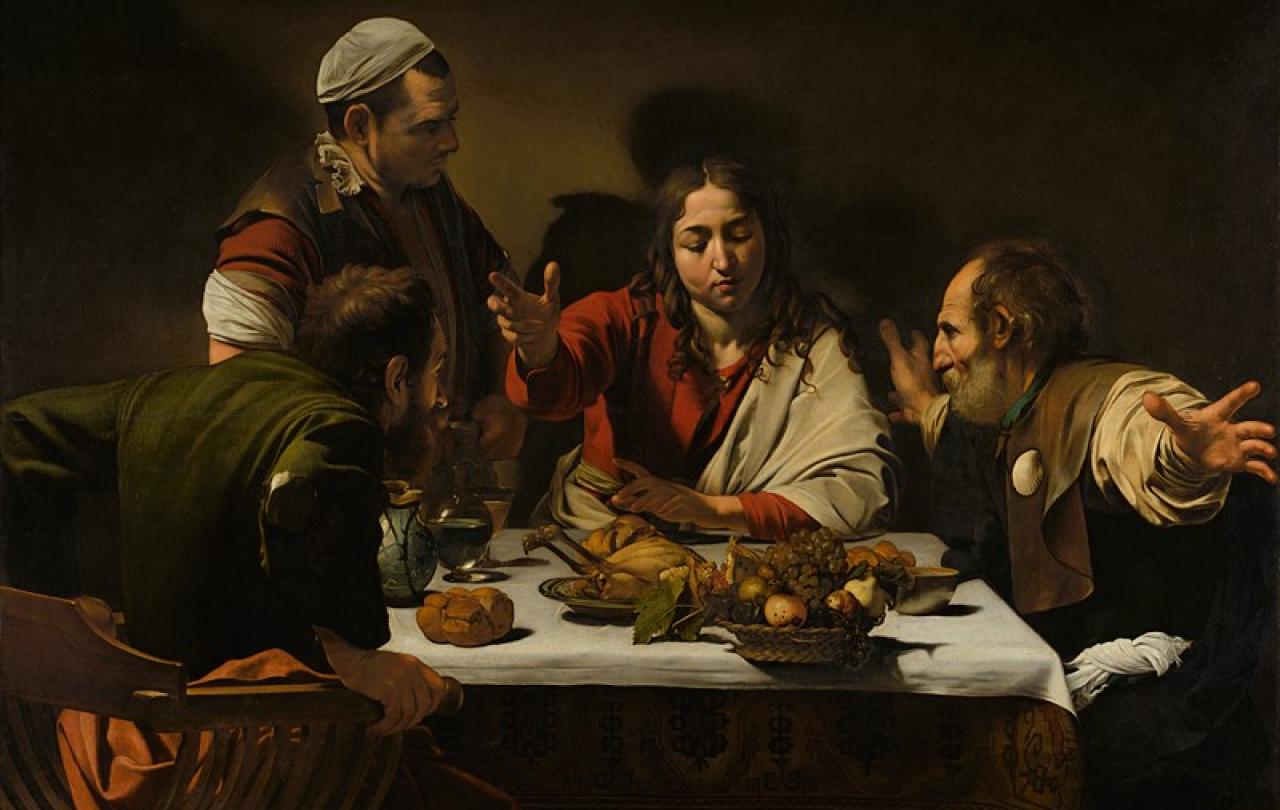
Is it possible to be martyred years after dying a natural death? The question occurs to me under the Alps between Lyon and Milan and arises from a late thirteenth century story of Guglielma, a spirited 50-year-old to say the least.
She arrived in Milan in 1260 like Ruby Tuesday. No one knew where she came from and yesterday didn’t matter, because it was gone. She lived in poverty, but gathered quite a following. Some said she was the daughter of the King of Bohemia (she was certainly bohemian in the cultic sense), others that she was the cousin of Elizabeth of Hungary or had been married to an English prince.
Guglielma (we have no surname) claimed equality with God, a new dawn for womanhood, and according to a contemporary account stated she was “the Holy Spirit made flesh for the redemption of women” whom she baptised “in the name of the Father and of the Son and of herself.”
Some 20 years after she died, Dominican agents of the Inquisition arrived in Milan and burned a top nun, Maifreda da Pirovano of the local ruling family, at the stake, for claiming that she would be made Pope. Then they pitched up at the Abbey of Chiaravalle, desecrated Guglielma’s tomb, dragged her mouldering remains to a field and burned her bones to dust, scattering her ashes to the winds.
I resolved to embark on a little pilgrimage to Chiaravalle when I arrived in Milan, to pay my respects to Guglielma, my kind of heretic. I’d never heard of her before a short account from the podcasting historian Tom Holland, whose book Dominion, on “the making of the western mind”, I was finishing as I crossed the Italian border.
Pilgrims used to visit her tomb twice a year in the Middle Ages before she was violently exhumed. But you’ll find no record of her at Chiaravalle now. Bizarrely, there were Italian supercars being photographed outside of the abbey when I arrived, but it’s peaceful and original, nonetheless. And Guglielma is, of course, missing.
Speak to one of the Cistercian monks there and they will affect not to have heard of her, then murmur “heretic” and “Bohemian.” But a gentle monk called Davide sweetly told me he would show me her former tomb, in the private grounds out of bounds to visitors, if I returned in 20 minutes.
We walked through the brothers’ vegetable garden and cemetery, where hares were nibbling around a statue of St Francis and the trees grew unruly. There, under a twelfth century arch, was her former grave, now marked with the names of local Milanese benefactors of the abbey. I wondered if they had known they would be laid to rest in heretical soil. The birds sang on.
As such, heresy serves as a reminder not only to overthrow prevailing orthodoxies, but is also divinely owned.
There are lessons to learn from the Gugliema cult. The first is that, as the author of Ecclesiastes has it, there really is nothing new under the sun. Women have been fighting the patriarchy perhaps since Mary Magdalene encountered “the gardener” outside an empty tomb.
There was no word for “deaconess” in the early church, only deacons. The Gugliemites were heralding the dawn of a new age for the Christian Church run by women. That may not be wholly the ambition of today’s women priests, but let’s note in passing that it’s taken more than another 700 years for women to be consecrated as bishops.
The second point is that she really might have had a point about the Holy Spirit. Claiming the third person of the Trinity as herself may have gone a bit far, even by today’s standards, but for a God who holds within “himself” all gender, there is a venerable tradition of considering the Spirit as female.
The Hebrew bible often casts this spirit as female, as in the book Proverbs, where Wisdom is a woman who “shouts in the streets” and “cries out in the public square.” It was St Paul, much later, who said she must keep quiet in church.
Guglielma is a saint only in Folk Catholicism, but women like her and Maifreda were authentic witnesses and trailblazers for women’s apostleship. We can still be too sniffy, even afraid, of heresy and we do well to remember the main charge against the Nazarene at his arrest and execution was precisely that. As such, heresy serves as a reminder not only to overthrow prevailing orthodoxies, but is also divinely owned.
As I left Guglielma’s last grave, I knew it was empty of her, not unlike that other empty tomb. Her violators had liberated her into the world. She’d gone before me.
It was fitting that her ashes had been thrown to the wind, like the wind that had moved across the waters in the act of creation; like the wind that had blown over other disciples at Pentecost. And like the wind that was now gently rustling the trees in this quiet monastic back garden.
Celebrate our 2nd birthday!
Since Spring 2023, our readers have enjoyed over 1,000 articles. All for free.
This is made possible through the generosity of our amazing community of supporters.
If you enjoy Seen & Unseen, would you consider making a gift towards our work?
Do so by joining Behind The Seen. Alongside other benefits, you’ll receive an extra fortnightly email from me sharing my reading and reflections on the ideas that are shaping our times.
Graham Tomlin
Editor-in-Chief





